Why are brakes forgotten about during a vehicle inspection?
Over this last 12 months I must’ve done at least 40 Different Rd. evaluations. There are a few common situations reoccurred on a regular basis.
About half of the drivers that I was performing an evaluation on, could do the whole vehicle inspection and never mention brakes. I love the opinion think brakes are pretty damn important. As a matter of fact I think brakes rank right up there with steering. If there are two items that might keep me out of a crash, brakes and steering would be at the top of my list.
So how can a professional driver perform of vehicle inspection and never mention air, brake stroke, brake pots etc. Very few of the drivers have been trained on how to perform a brake adjustment from inside of the cab.
You likely already know that most modern trucks today have automatic slack adjusters. And if the automatic slack is working correctly brake adjustment is not an issue. But when a driver can take 30 minutes to perform a vehicle inspection and never mention pushrod travel I believe they have forgotten to even look at the break pot and the pushrod.
Professional drivers know that they can legally adjust the brakes from within the cab. Most drivers today should not be using a 9/16 inch wrench and trying to adjust the slack adjuster. In most areas you need to be licensed in order to adjust brakes.
However you can legally adjust the brakes from within the cab. This should be done at least daily. It can be done in conjunction with checking your air pressure buildup.
For many of you this paragraph will be nothing but a foggy memory. When you were in truck driving school, you were told to check how long it took to build the air in your brake system. That means that you had to reduce the air in the brake system. Well, if you reduce the air in a certain way you can also be adjusting your brakes via the automatic slack adjusters.
How to adjust your brakes with automatic slack adjustors from the cab?
The one step is to release the brakes. It is strongly recommended that the driver uses wheel chocks to ensure the vehicle does not roll.
- Build the air pressure to that you have more than 100 psi
- Release the parking brakes (push the yellow and red buttons in) while using wheel chocks
- Apply firm pressure to the brake pedal and hold for 1 to 2 seconds and then release
- Repeat step 3 several times. A standard recommendation is to press and hold the pedal for 6-applications.
If the slack adjustors work correctly, all brakes will be properly adjusted.
The drivers should be performing in-route periodic inspections of their trucks, including the brakes. It helps when the company has installed “Brake Stroke Indicators” on all units. With brake stroke indicators installed, it makes it much easier for drivers to visually see when a brake is out of adjustment.
One brake out of adjustment is a major defect.
When you driver does the vehicle inspections, which include visually reading the brake stroke indicators and performing the air brake self-adjustment from the cab, all brakes, if working as designed, will be an adjustment. If one brake is still out of adjustment after performing the self-adjustment or moves out of adjustment during the shift, you likely have a component failure. The defect needs to be reported by the driver as a major defect. The defect will need to be corrected before the truck moves again.














Comments are closed